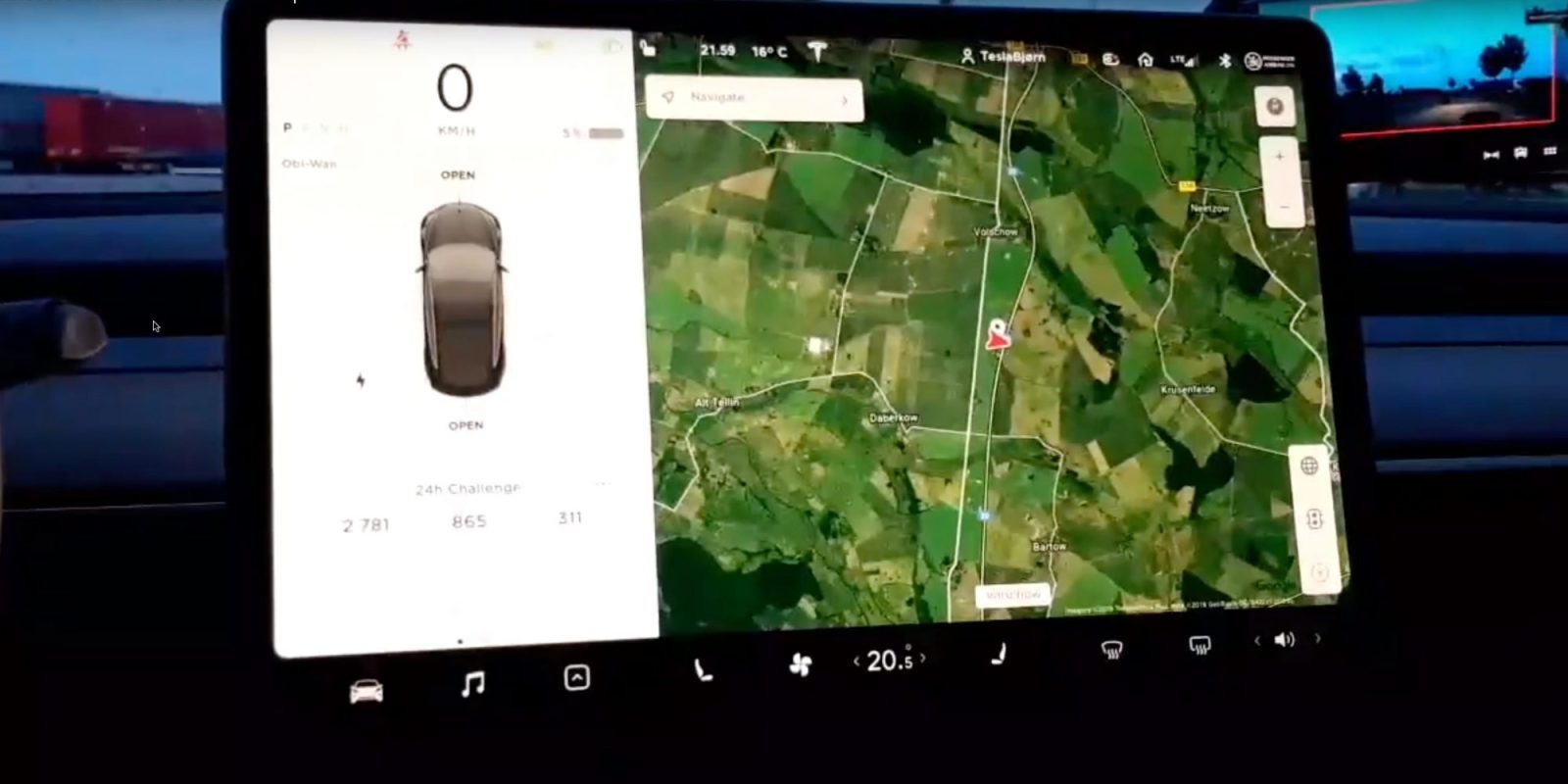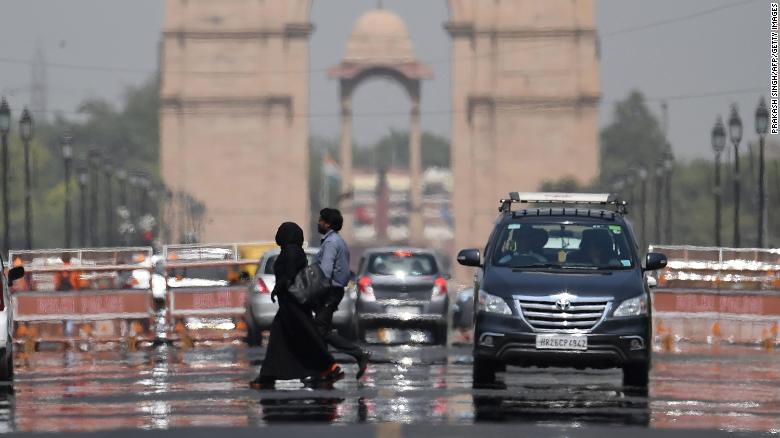Here's what leading thinkers, writers, and educators say about how to keep going in troubled times.
Prerhaps you have read that The Guardian newspaper in the United Kingdom has decided to use the terms climate emergency, crisis or breakdown instead of climate change in its news stories; and global heating instead of global warming. As social and cultural circumstances alter, words and their power change their meanings and impact, and the public in the end may have to adapt by using new words.
Or sometimes we can try to refine or redefine old words to fit new circumstances. For instance, hope, which as verb and noun has long implied both desire and expectation: “I hope [desire] that we can solve the climate problem” or “I have little hope [don’t expect] that our civilization will survive this existential climate crisis.” But what happens when desire outstrips results, and then discouragement leads to hopelessness, despair, cynicism, paralysis? When hope starts to sound passive and empty?
Here, from some leading thinkers, writers, philosophers, and educators, are a few useful, maybe even inspiring, ways to rethink hope. Click on the links for more good words.

Continue reading: Redefining hope in a world threatened by climate change » Yale Climate Connections
Prerhaps you have read that The Guardian newspaper in the United Kingdom has decided to use the terms climate emergency, crisis or breakdown instead of climate change in its news stories; and global heating instead of global warming. As social and cultural circumstances alter, words and their power change their meanings and impact, and the public in the end may have to adapt by using new words.
Or sometimes we can try to refine or redefine old words to fit new circumstances. For instance, hope, which as verb and noun has long implied both desire and expectation: “I hope [desire] that we can solve the climate problem” or “I have little hope [don’t expect] that our civilization will survive this existential climate crisis.” But what happens when desire outstrips results, and then discouragement leads to hopelessness, despair, cynicism, paralysis? When hope starts to sound passive and empty?
Here, from some leading thinkers, writers, philosophers, and educators, are a few useful, maybe even inspiring, ways to rethink hope. Click on the links for more good words.

- Amory Lovins: “Many of us here stir and strive in the spirit of applied hope. We work to make the world better, not from some airy theoretical hope, but in the pragmatic and grounded conviction that starting with hope and acting out of hope can cultivate a different kind of world worth being hopeful about, reinforcing itself in a virtuous spiral. Applied hope is not about some vague, far-off future but is expressed and created moment by moment through our choices. … Applied hope is a deliberate choice of heart and head. … Applied hope requires fearlessness.”
Continue reading: Redefining hope in a world threatened by climate change » Yale Climate Connections






